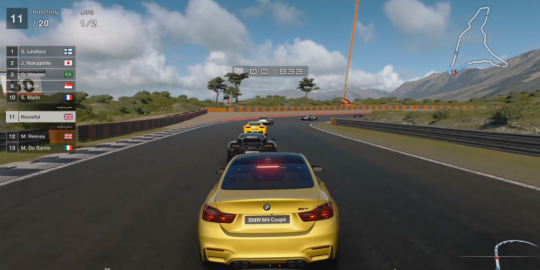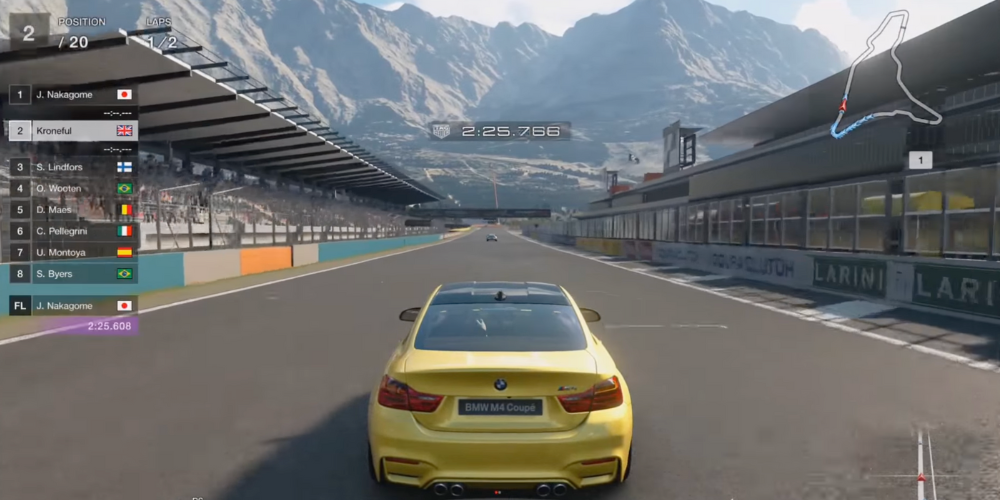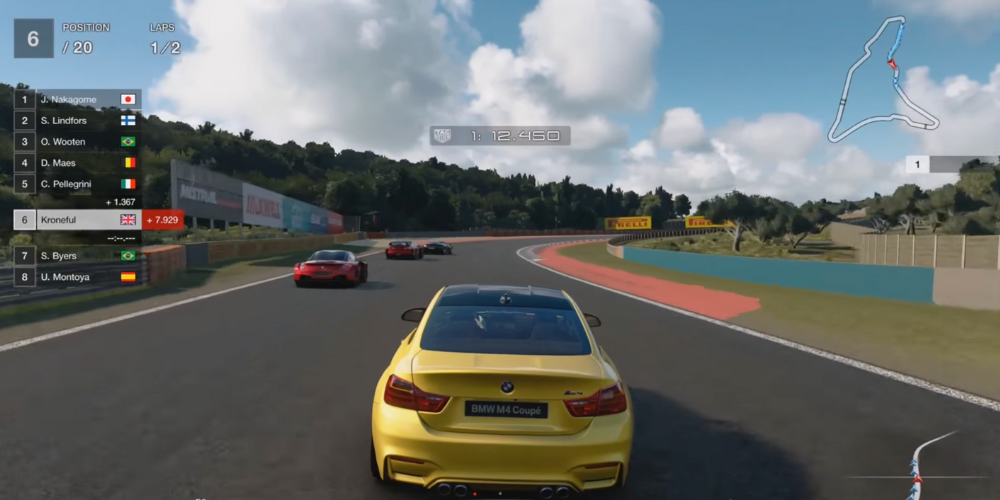
"Gran Turismo Sport" is among the most authentic and demanding racing simulators. It demands swift reflex actions and a profound grasp of racing tactics and strategies. Adopting professional techniques can significantly boost your skills, whether you're a novice racer eager to shave seconds off your laps or an experienced competitor striving to dominate the leaderboards. This guide explores sophisticated strategies and adjustments to give you an edge in this intricately designed racing simulation.
Understanding Car Settings and Customization
Before you hit the track, optimizing your car's settings to suit the specific circuit and racing conditions is essential. Each adjustment in your vehicle setup can significantly affect handling, speed, and overall performance.
Suspension Tuning
Adjusting your car's suspension is essential for optimizing performance on various sections of the track. Loosening the suspension can boost traction yet it might cause more body roll, decreasing stability when you're driving fast. Conversely, tightening the suspension can make the car more stable but at the expense of grip. Tinker with various configurations to achieve the ideal setup for each circuit.
Brake Balance
Adjusting brake balance is crucial to managing how your car decelerates into a corner. A forward brake bias might cause the car's rear to become unstable during heavy braking, whereas a rearward bias can lead to understeering. Finding the optimal balance is key to achieving smooth, effective braking.
Transmission and Gear Ratios

Customizing gear ratios can significantly affect your acceleration and top speed. Short ratios are great for technical tracks with lots of sharp turns and slow corners, as they provide better acceleration out of turns. Longer ratios, however, might be needed on tracks with long straights to maximize top speed.
Mastering the Racing Line
The racing line is the optimal path around the track, designed to minimize the time taken to complete the lap. Understanding and following the ideal line is one of the most important skills in racing.
Approaching Corners
Always aim to approach from the track's outer edge, allowing you to take a wider turn and maintain higher speeds. As you approach the turn, look for the apex—the point at which your car should be closest to the inside of the turn.
Hitting the Apex
Getting as close as possible to the apex allows you to take the shortest possible route around the corner. After hitting the apex, begin accelerating smoothly to exit the turn on the outside of the track, which sets you up for the next turn or straight.
Exit Strategy
The exit of the corner is just as critical as the entry. A well-executed exit can give you a significant speed advantage on straights, allowing for better overtaking opportunities and faster lap times. Aim to straighten the car as quickly as possible, applying power gradually to avoid tire spin.
Effective Use of Brakes

Braking technique is vital in maintaining control and speed around the track.
Threshold Braking
This technique involves applying the brakes firmly and progressively to the point just before they lock up. It's the quickest way to decelerate and requires practice to master. The goal is to maintain the maximum deceleration without compromising tire grip.
Trail Braking
Trail braking is a more advanced technique where you gradually release the brakes as you enter a corner, simultaneously beginning to turn into the curve. This helps maintain more speed through the corner, optimize grip by shifting the car's weight to the front tires, and aid in the vehicle's turning capabilities.
Optimizing Tire Choice and Management
Your choice of tires and how you manage them during the race can profoundly affect performance.
Selecting the Right Tires
Selecting soft, medium, or hard tires can greatly influence performance based on the race track conditions. Soft tires provide the most grip but wear out quickly, making them ideal for short races or qualifying sessions. Hard tires last longer but offer less grip, so they are suitable for long races or when tire degradation is high.
Managing Tire Wear

Consistent lap times and careful driving can help manage tire wear. Avoiding aggressive steering, braking, and acceleration that could exacerbate wear is crucial. Furthermore, understanding how your driving style impacts tire wear can help you adjust during the race to conserve your tires for critical moments.
Environmental and Track Conditions
Shifts in weather and track conditions can significantly influence the dynamics of a race. Swift adaptation to such shifts can offer a strategic advantage.
Adapting to Weather Changes
Rain, for example, can change grip levels on the track, requiring changes in car setup, tire selection, and driving style. Anticipating weather changes and preparing can keep you ahead of your competitors.
Understanding Track Temperatures
Track temperatures affect how much grip your tires can generate. Warmer tracks can make soft tires wear out faster but provide more grip. Conversely, cooler tracks might necessitate harder tires or different driving strategies to maintain pace.
In conclusion, becoming proficient in "Gran Turismo Sport" involves much more than just racing. It requires an understanding of the mechanical aspects of your car, mastering the art of racing lines, and adapting to ever-changing conditions on the track. By focusing on these professional techniques, you'll improve your lap times and enjoy a more rewarding racing experience.